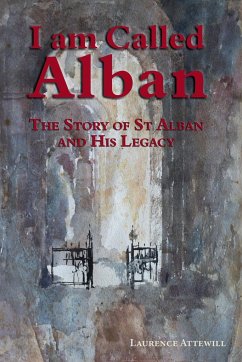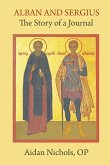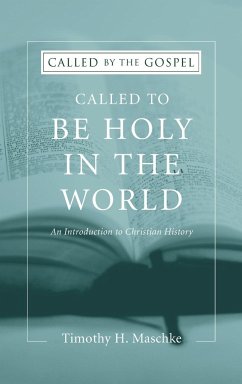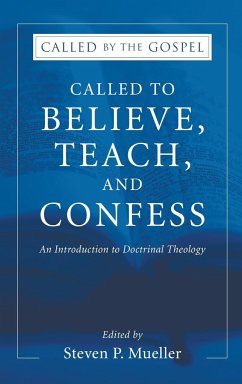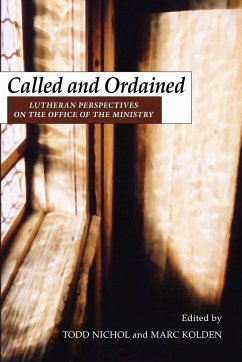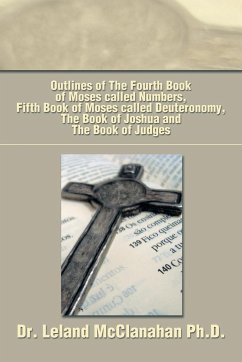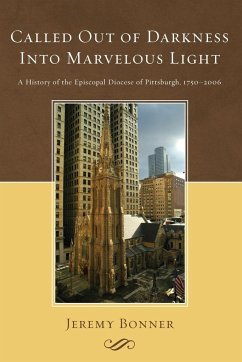There are many excellent books on St Albans, its cathedral and its history but Laurence Attewill brings a fresh focus on Alban and his legacy. I Am Called Alban tells the Alban story in an easy and readable style, and makes the case that a thread of continuity can be traced through the whole period despite existential threats. I Am Called Alban does not shrink from asking awkward questions: who was Alban and was he really martyred and if so, when? Did his cult, given a huge boost by St Germanus in the 5th century, survive the Saxon take-over in the centuries following the Roman secession? Was the Saxon monastery really founded by King Offa? Why did the Norman Archbishop Lanfranc, attach so much importance to the status of St Alban as the English protomartyr? And what did the monks of this rejuvenated monastery, the most important in the country, actually do? Following the dissolution of the monastery in the Reformation, how did the Abbey church, bigger than most cathedrals, survive as the parish church of the decidedly modest town of St Albans? The story is concluded with the dramatic events that led to the elevation of the Abbey as the cathedral of a new diocese in the 19th century.

